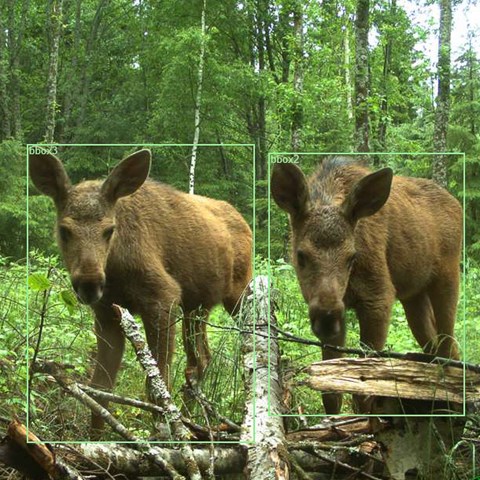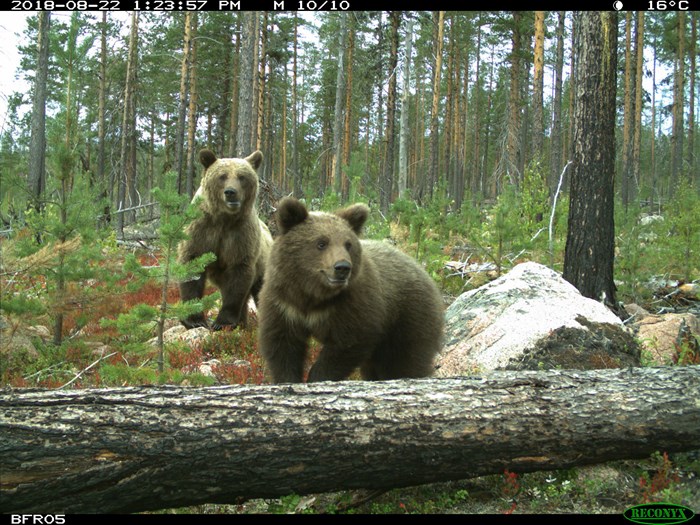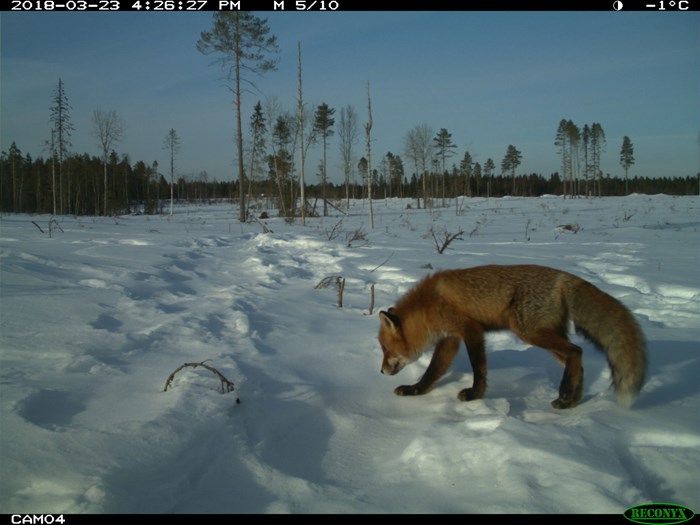Knowing how wildlife populations are structured and how they develop is essential for the conservation, reintroduction, and management of wildlife. Researchers at the Swedish University of Agricultural Sciences monitor populations around the world in several ways, including with camera traps. But the cameras generate large amounts of images, and researchers are now hoping for help in developing an AI to speed up the process for research and wildlife monitoring.
At the end of April, the Dutch company FruitPunch is organising an AI challenge where developers contribute to solving societal problems by working together to develop artificial intelligence (AI). In the challenge, participants will help researchers at the Swedish University of Agricultural Sciences (SLU) develop an AI that can automatically recognise wild animal species from camera trap images. This is highly relevant for many SLU researchers who use camera traps in projects that so far have been classified manually.
"We have many fantastic master’s students who have made this possible. Thanks to their efforts to determine the species of animals in thousands and thousands of images, we can now hand over data that developers can use to train the AI," says Tim Hofmeester, researcher at the Swedish University of Agricultural Sciences.
A camera trap is a camera with a motion sensor that automatically takes pictures of passing animals. One of the biggest obstacles to using camera traps is manually classifying what is in the image. Automating this process with AI would significantly reduce the time needed to classify the images, meaning they can be more easily used in both research and monitoring.
All results from the challenge will be published openly so that anyone can use them.


